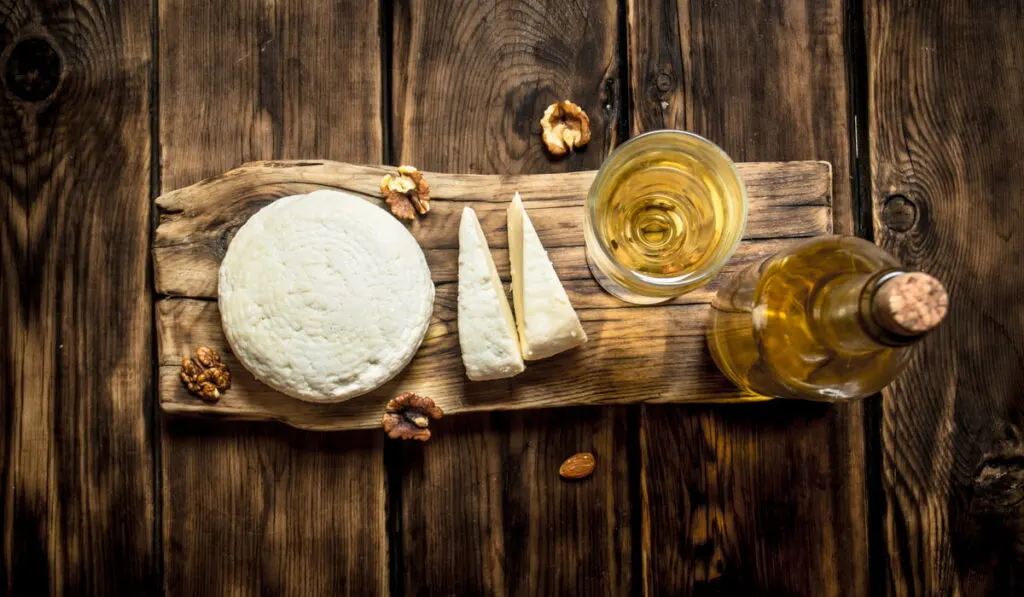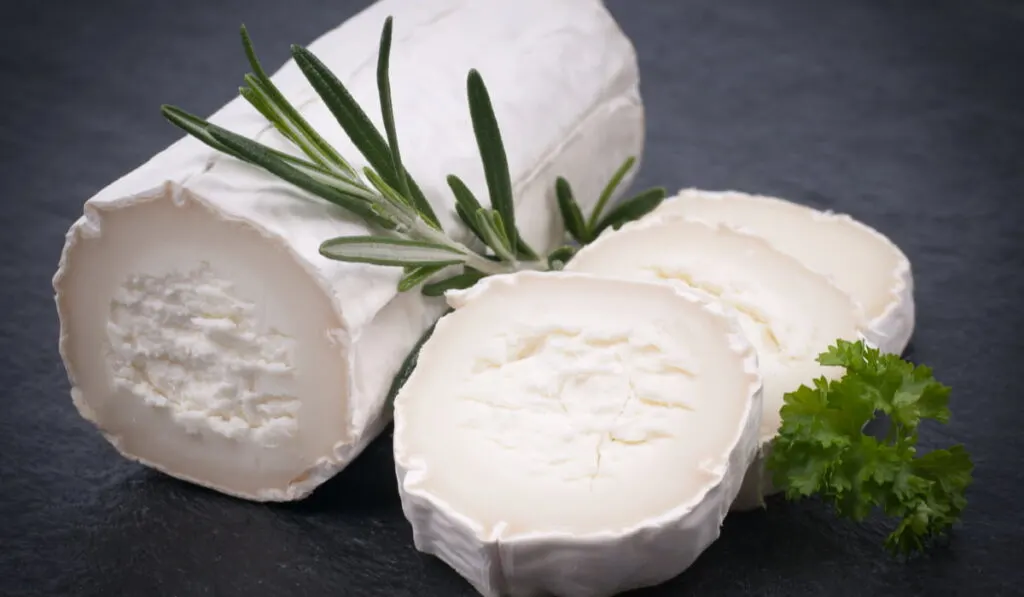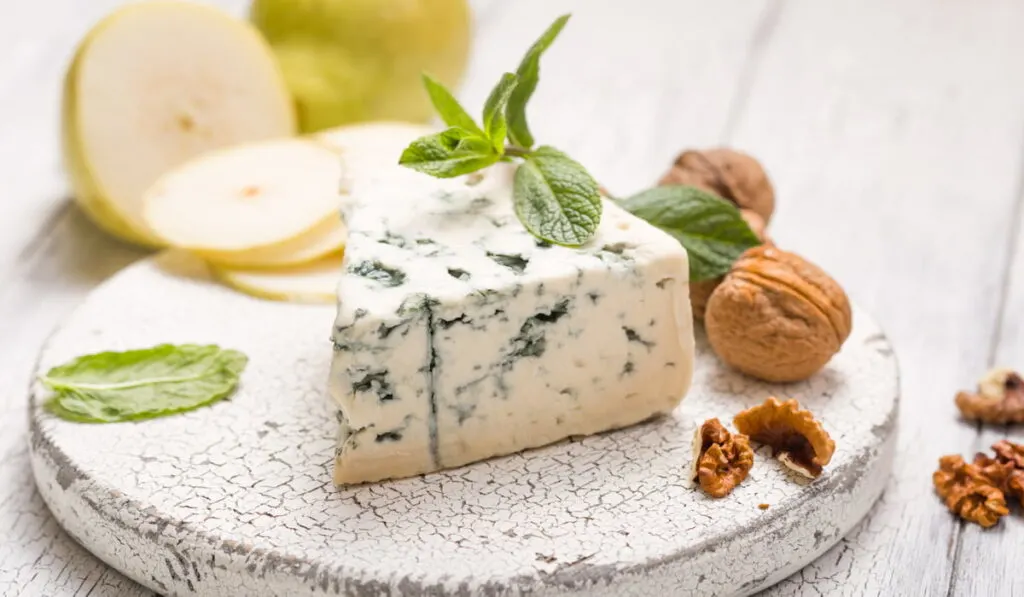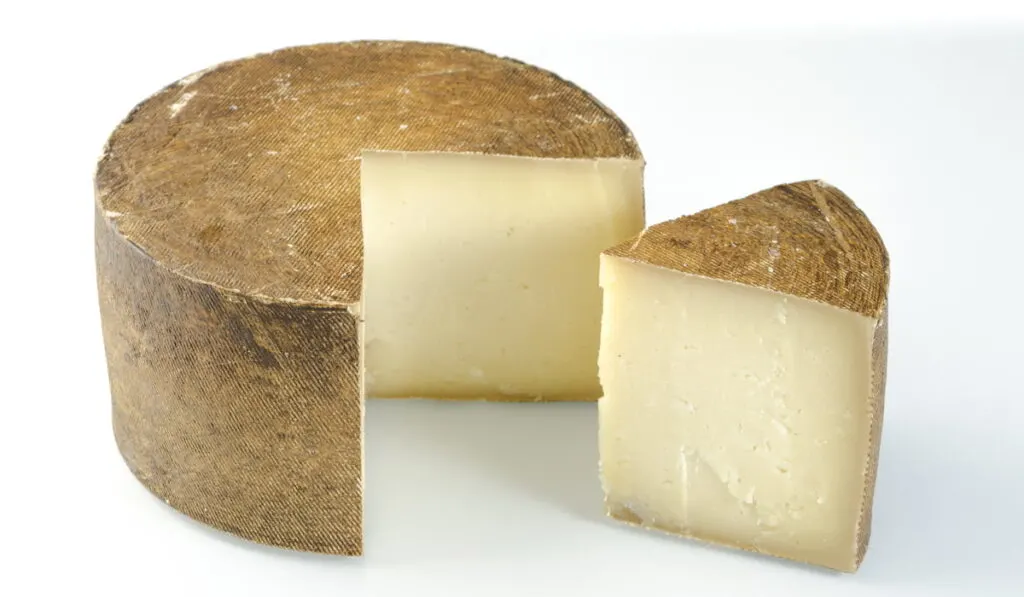It is not uncommon for people to mix up sheep cheese and goat cheese. But are these two cow cheese alternatives the same in any way? Find out below.
Goat cheese and sheep cheese are the two main alternatives to cow cheese.
However, they differ in fat, carbs, protein, vitamin, and mineral content.
Goat cheese and sheep cheese also have different textures. Beyond that, the domination of these two types of cheese in the cheese industry is unequal.
Sheep cheese and goat cheese find various applications in the cheese industry. But if you’ve been looking to compare them to find the right fit for you, we have the answers you seek.
Below, we do a sheep cheese vs. goat cheese comparison. We also answer some other questions about sheep cheese and goat cheese. Read on for more.

Table of Contents
Sheep Cheese vs. Goat Cheese
Nutritional Content
While goat cheese and sheep cheese offer similar nutrients, the quantities of the nutrients in each one of them differ.
Sheep cheese contains about two times the fat and protein content of goat cheese. Besides that, sheep cheese contains more carbohydrates, calcium, folate, magnesium, vitamin B12, and vitamin C than goat cheese.
On the other hand, goat cheese has more vitamin A than sheep cheese. It also has high quantities of vitamin B3, vitamin B6, vitamin E, and vitamin K.
Texture
Sheep cheese contains more casein than goat cheese. As a result, sheep cheese is typically more cohesive than goat cheese. In other words, sheep cheese is more consistent and less likely to crumble than goat cheese.
Due to its low casein content, goat cheese is soft, crumbly, and readily spreadable. Then when aged, goat cheese becomes chalky and earthy, but still crumbly.
As a result of its higher fat content, sheep cheese is creamier than goat cheese in the mouth.
Color
Because goats do not pass beta carotene into their milk, goat cheese is typically bone white. In fact, if someone offers to sell yellow goat milk to you, saying the color comes from the goats being grass-fed, they are being dishonest.
Unlike goat cheese, sheep cheese typically comes in an ivory color.
Digestibility
Knowing that sheep cheese has more fat and casein than goat cheese, you would expect goat cheese to be easier to digest. However, things are quite the contrary.
Sheep cheese and goat cheese contain more A2 beta-casein than A1 beta-casein. A2 beta-casein is far more digestible than A1 beta-casein. So, overall, the casein content of sheep cheese and goat cheese may not slow their digestibility too much.
If anything, having a relatively higher quantity of digestible casein may make sheep cheese more digestible than goat cheese.
Besides that, the fat molecules of sheep cheese are relatively small-sized. This means that the fat in sheep cheese offers a high surface area for digestion. Hence, the higher digestibility.
Furthermore, sheep milk cheese has about 3 times more whey protein than goat cheese. So, since whey is highly digestible, it makes sheep cheese more digestible.

Taste
Sheep cheese generally has a rich, nutty, and creamy taste. But then, it could have various flavor undertones, depending on the production process. Still, its taste is generally less assertive than that of goat cheese.
Goat cheese is also creamy but not as creamy as sheep cheese. It is generally silky and tangy, especially when young. Also, it is relatively more acidic than sheep cheese, so it leaves a lemon-like aftertaste. But then, this aftertaste is usually not intense.
Quantity of Milk Needed for Production
The production process of goat cheese and sheep cheese are pretty much the same. Basically, you warm the milk, acidify it with bacteria culture, add a coagulant, get the curd, then process it into your final product.
But while you can produce both types of cheese using similar steps, the amount of milk you need for each cheese type differs.
Due to its high fat and protein content, you need less milk to make sheep cheese. In other words, you need more milk for goat cheese than sheep cheese.
Lactose Content
If you are mildly lactose intolerant, you must pay attention to the lactose content of the type of cheese you eat.
While sheep cheese and goat cheese contain less lactose than cow cheese, their lactose contents are disparate.
Goat cheese has a lower lactose content than sheep cheese. So, if you want a cheese that doesn’t disturb your gut, goat cheese might be the best option.
Types
Types of Sheep Cheese
Some of the common types of sheep cheese are fresh sheep cheese, blue sheep cheese, and hard sheep cheese.
Fresh sheep cheese is soft, creamy, and spreadable. Some examples of this type of sheep cheese are Kajmak and Burgos.
Blue sheep cheese is blue and has a unique smell and taste. It undergoes a long aging process, and during that process, a blue mold gives it its color. A prime example is the French Roquefort cheese.
Hard sheep cheese is hard and brittle, as the name says. Its processing involves curing, and this contributes to its brittleness. Examples of hard sheep cheese are Manchego, Pecorino Romano, Roncal, and Spenwood.

Types of Goat Cheese
Some common types of goat cheese are fresh chevre, valençay, bûcheron, hard goat cheese, soft goat cheese, and blue goat cheese.
Soft and semi-soft goat cheese is silky and creamy, as the name suggests. Examples are Banon, Chabichou, and Cabécou.
Blue goat cheese comes with veins of blue mold. An example of this goat cheese type is Humboldt Fog.
Hard and semi-hard goat cheese is solid, as their name implies. They are perfect for grating and slicing. An example is Crottin de Chavignol.
Fresh chevre is perhaps the most common type of goat cheese. It is very spreadable, and it ages within a few days.
Valençay takes 21 days or less to age. It comes in the form of a pyramid with a flat top coated with vegetable and wood ash. Valeçay is a type of blue goat cheese.
Bûcheron takes about 35 to 70 days to mature. When young, it has a chalky texture, which softens at room temperature. Bûcheron comes coated with a layer of white rind.

Is Sheep Cheese Healthier?
Sheep cheese and goat cheese are both healthy cheese options. So, we cannot really say that one is generally healthier than the other. However, we can confirm that each one of these two cheese types offers more health benefits than the other under specific conditions.
When it comes to digestibility, sheep cheese is healthier. But for reduced fat intake, goat cheese is better. If you want a lot of vitamin C and B vitamins, sheep cheese is better. But if you are looking for high levels of vitamin A, goat cheese does it better.
If you are lactose intolerant, goat cheese would be the better option for you. But if you want more minerals, sheep cheese is better.
Overall, both sheep cheese and goat cheese are top sources of calcium. They also have a positive effect on cholesterol levels and can help promote cardiovascular function.
Is Feta Goat or Sheep Cheese?
Usually, feta is sheep cheese. But people also make feta using goat milk, cow milk, or any combination of sheep, goat, and cow milk.
There are 3 main types of feta: Bulgarian, Greek, and French. Bulgarian feta and French feta are 100% sheep cheese. However, Greek feta comes from goat milk and at least 70% sheep milk.
What Is Sheep Cheese Called?
Sheep cheese is called sheep cheese. Unlike goat cheese, which also goes by chevre, sheep cheese has no other name.
Resources
- https://dairyfarminghut.com/goat-cheese-vs-sheep-cheese/
- https://www.masterclass.com/articles/goat-cheese-vs-sheep-cheese
- https://harborcheese.com/ask-a-monger/2021/6/1/why-is-my-cheese-white-yellow-ivory
- https://www.mygenefood.com/blog/dairy-dangers-sheep-goat-dairy-healthier-cow-dairy/
- https://www.sidmartinbio.org/which-is-better-goat-cheese-or-sheep-cheese/
- https://www.cookingchanneltv.com/devour/2011/11/whats-the-difference-in-cheese
- https://www.researchgate.net/figure/Lactose-content-of-cow-sheep-buffalo-and-goat-milk-samples_fig4_312583378
- https://presidentcheese.com/news/is-feta-goat-cheese/
- https://www.mashed.com/196142/what-is-the-difference-between-feta-cheese-and-goat-cheese/
